Here are some tips on what to look and listen for during the month of March

Two classic early spring warbler songs
There are two migrant warblers which arrive earlier than the rest. And luckily both have distinctive songs which shout out spring is here. These songs are usually the first sign that the birds have arrived, perhaps that very night (or maybe a few days earlier, but waiting a little while before they proclaim their territories and/or try to attract a mate. The first is the tiny Chiffchaff, with its somewhat stuttering repetition of its name ‘Chiff chaff chiff chiff chaff chaff chiff chiff chaff’ etc. And later in the month, the gloriously rich, fluty (yet interspersed by harsh notes) song of the Blackcap will start coming from trees and bushes and woodland rides all over the place. Enjoy them both this March (and into the spring and summer).
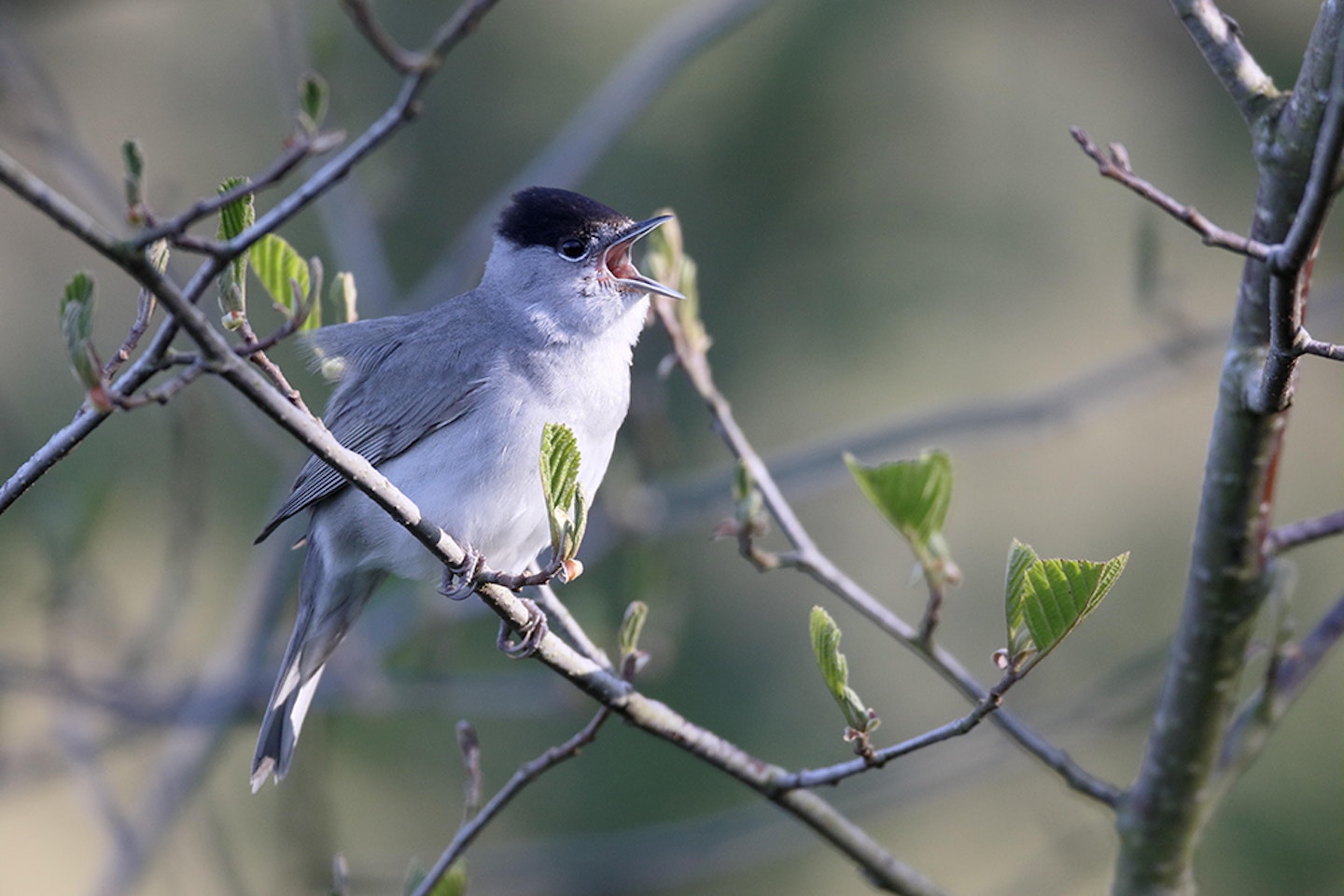
Early spring migrants
March sees the first arrival of our earliest summer visitors, the vanguard of spring. These famously include Chiffchaff, Blackcap, Wheatear, Little Ringed Plover, Sandwich Tern and Garganey. By the end of the month, the likes of Swallow and Willow Warbler should also be appearing. See how many of these early spring migrants you can catch up with by the end of the month.
Read the latest issue of Bird Watching from as little as 99p!
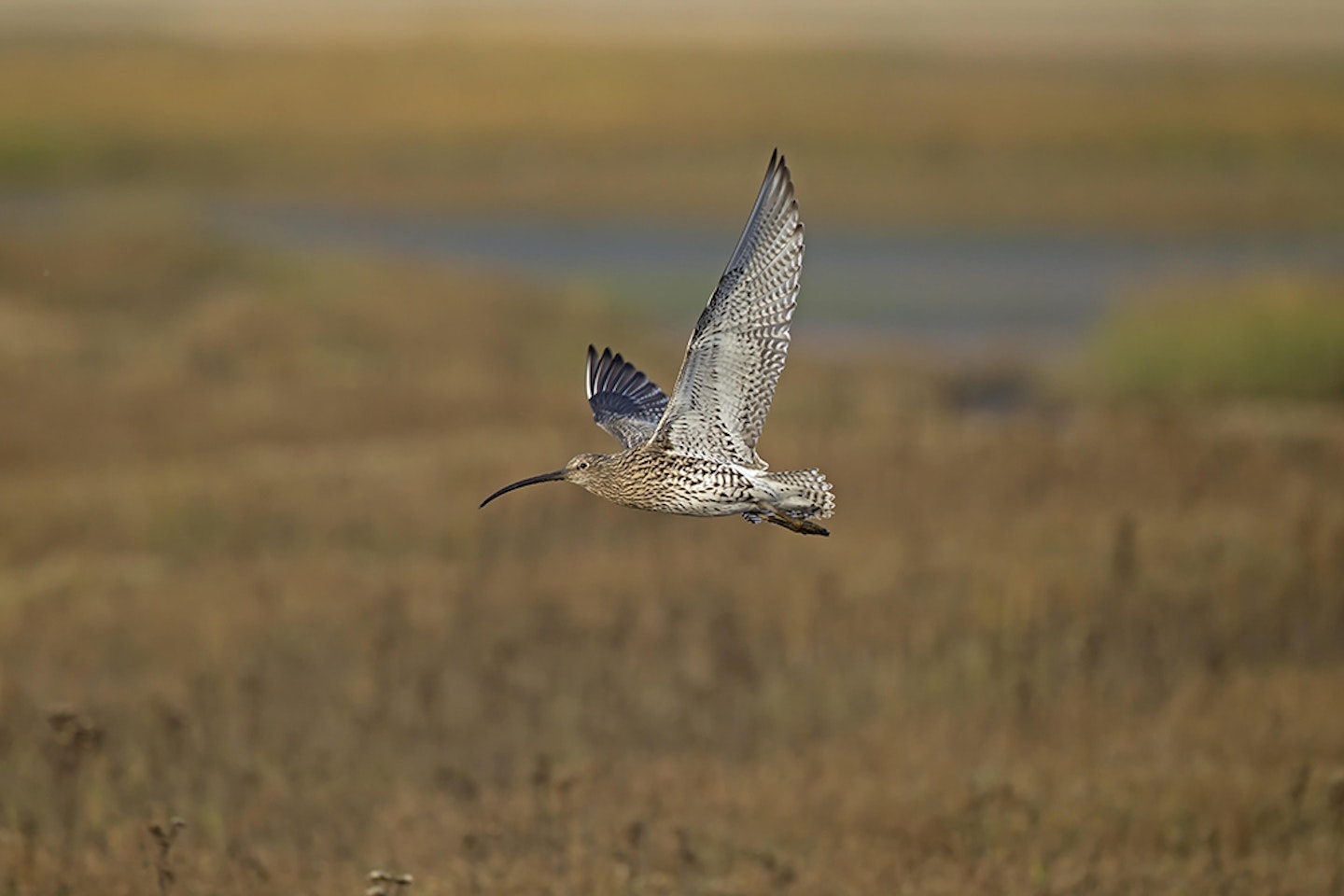
Waders on the move
Bird migration in some for or another goes on throughout the year, but there are certain seasons when certain birds are on the move. Among our wading birds, in addition to the arrival on the breeding grounds of the likes of Little Ringed Plover (and Ringed Plover, since February), March also sees significant movement of the likes of Grey Plover, Curlew and Black-tailed Godwit (with large numbers of Icelandic-race birds building up before their flight back to the breeding grounds). Keep and ear and eye open for early spring waders on the move.

Lesser Spotted Woodpecker action
The increasingly scarce Lesser Spotted Woodpecker starts drumming and early courtship behaviour as early as December. But, come March the breeding season is very much here and there should be increased courtship/territorial activity, including calling and drumming. Both sexes ‘drum’, with a longer, more even (without a ‘tail off’) and rattly drum than that of our other drumming woodpecker, the Great Spotted. With barely any leaves on the trees, this is the best time to go looking for Lesser Spotteds. Note, that they are absent from Scotland, so any record north of the ‘border’ is hugely exciting!
Read the latest issue of Bird Watching from as little as 99p!
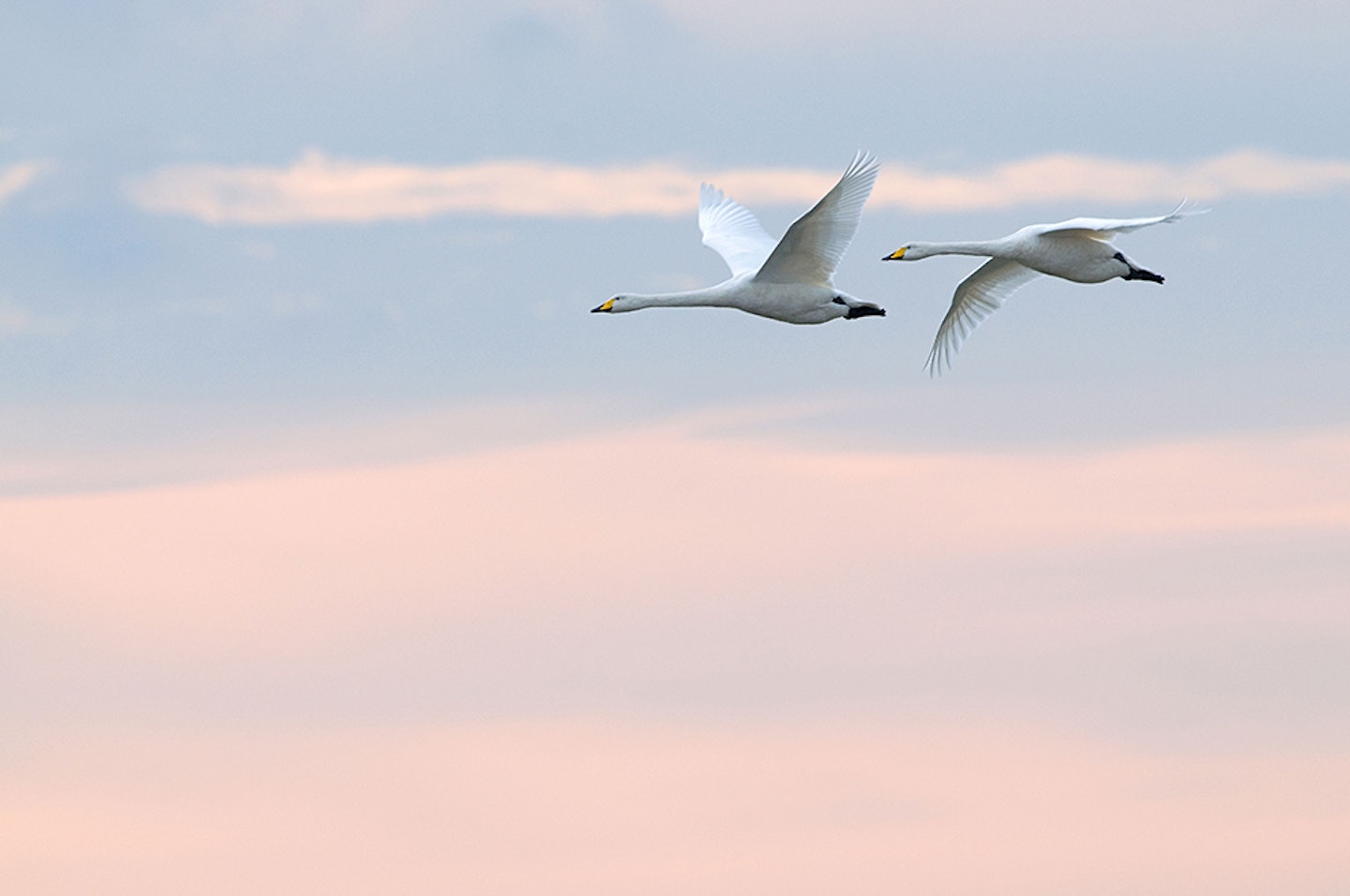
Catch them before they go
As well as spring (and so summer) arrivals, March sees the departure of many of our wintering birds. This includes many of our larger wildfowl, with Whooper Swans heading back north this month (Bewick’s Swans have largely gone before March), and arctic breeding geese such as Pinkfeet and White-fronted Geese, as well as Branta species such as Barnacle and Brent Geese. Make sure you get to enjoy these birds(and whish them well!) before they disappear, as they wont’ be back in the UKuntil the autumn.
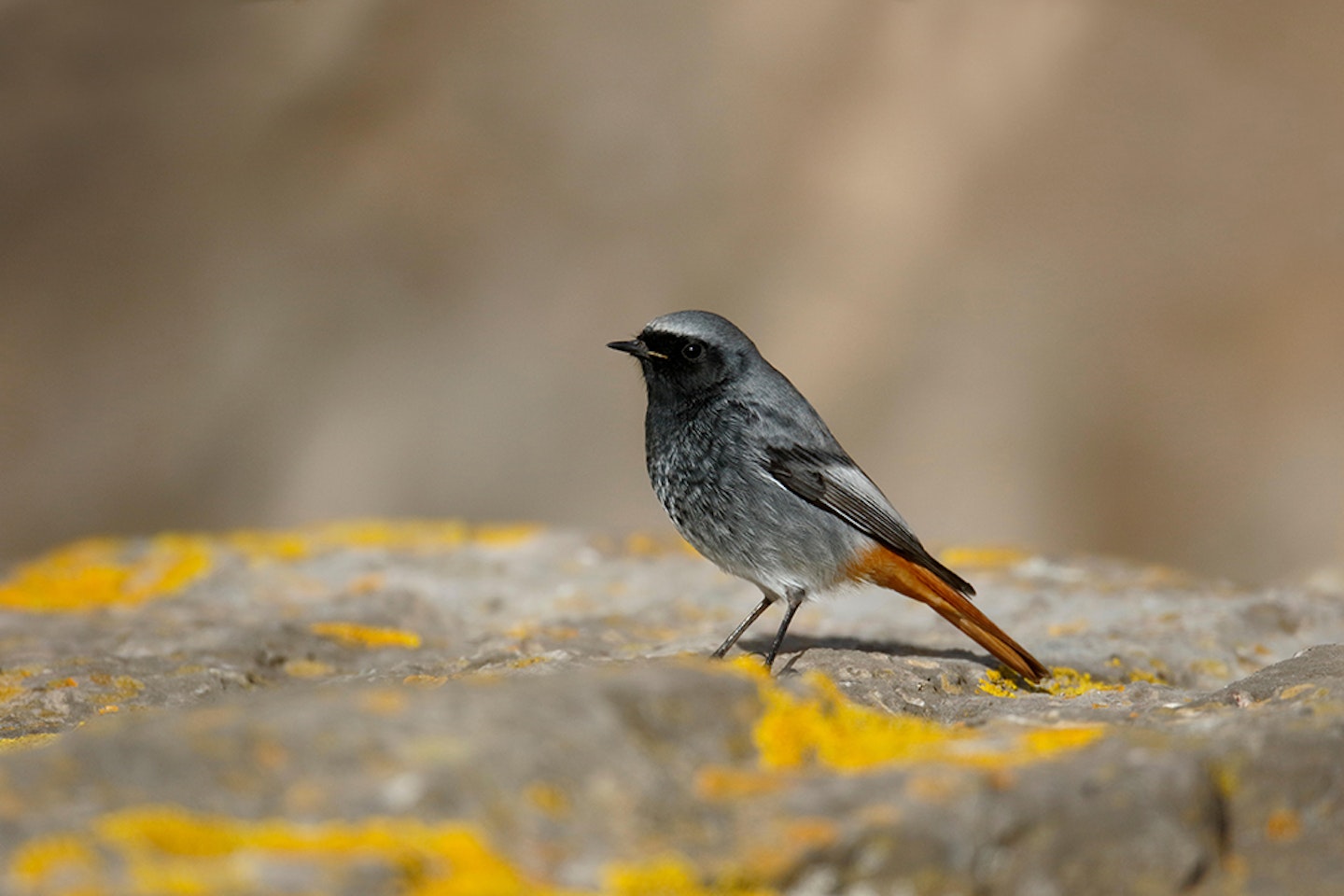
Black Redstart season
Black Restarts are scarce birds, with perhaps a few hundred winterers across the country each year, and only about 60 pairs breeding in the whole UK (mainly in the south-east of England). They are very common birds over much of Europe and March sees a peak in numbers as they pass through our country. They can turn up pretty much anywhere, but are often associated with buildings or other areas which resemble their ‘original’ bare, rocky habitat. Many are seen around coastal areas, but they also turn up inland. Keep an eye out for these red tail-quivering little beauties.
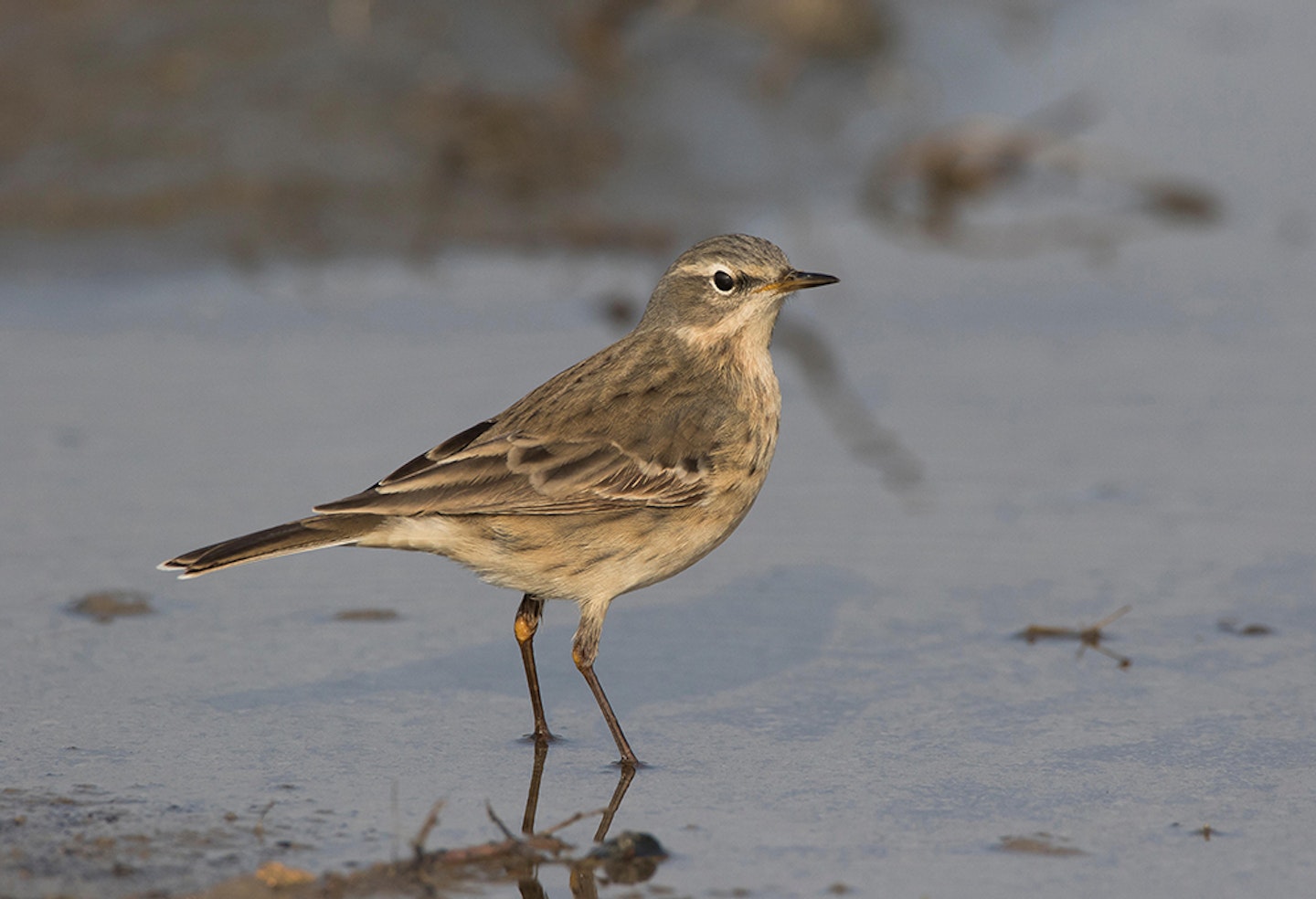
Water Pipits
The Water Pipit is an anomaly among British birds. It breeds high up in mountainous areas of the Alps and Pyrenees, but gets its name from its wet, low-lying wintering grounds, including the UK, where a couple of hundred winter. As spring progresses, these largish pipits (similar in size shape and call to Rock Pipits, which used to be regarded as the same species), change in colour from dull grey-brown above and finely streaked black on white below to a handsome breeding plumage. This consists of a blue-grey head, olive-brown back and virtually unstreaked underparts, often with a pinkish flush. Catch up with them wrapped in either plumage or something in between in March.
Read the latest issue of Bird Watching from as little as 99p!
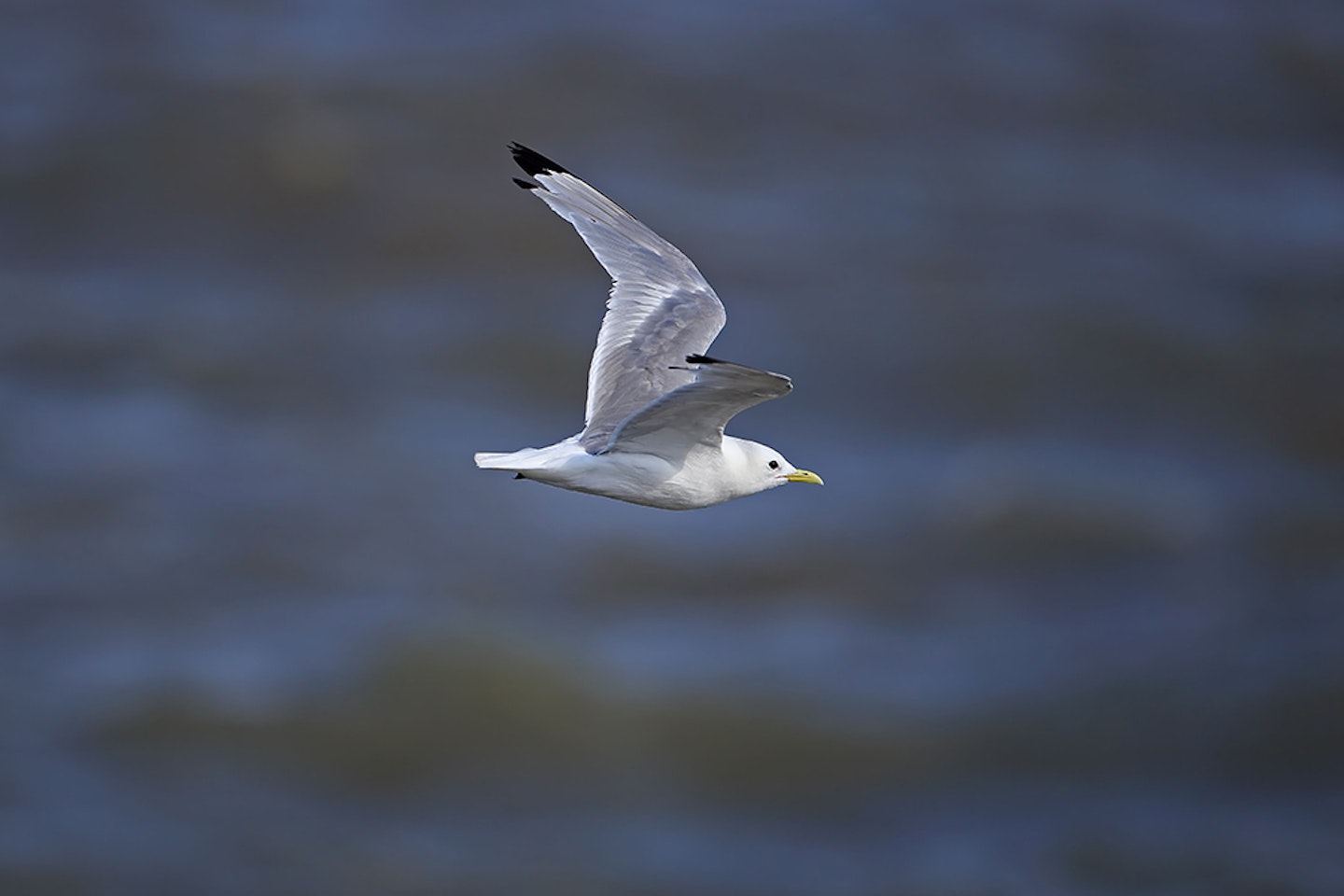
Inland Kittiwakes
Many of our cliff-nesting seabirds will have returned to their ‘seabird cities’ even before the start of the month, with more and more coming in to nest, during the spring. There will, however be inaccuracies in the transition from a winter out to sea to the cliffs. This is a great month for encountering a Kittiwake (a pretty, cliff-nesting gull) anomalously inland. Check your local lakes, reservoirs and gravel pits looking for a slightly ‘lost’ Kittiwake, either a pretty adult with jet black wing-tips, or an equally lovely first-winter with a black ‘W’ on the wings. Wonderful birds!
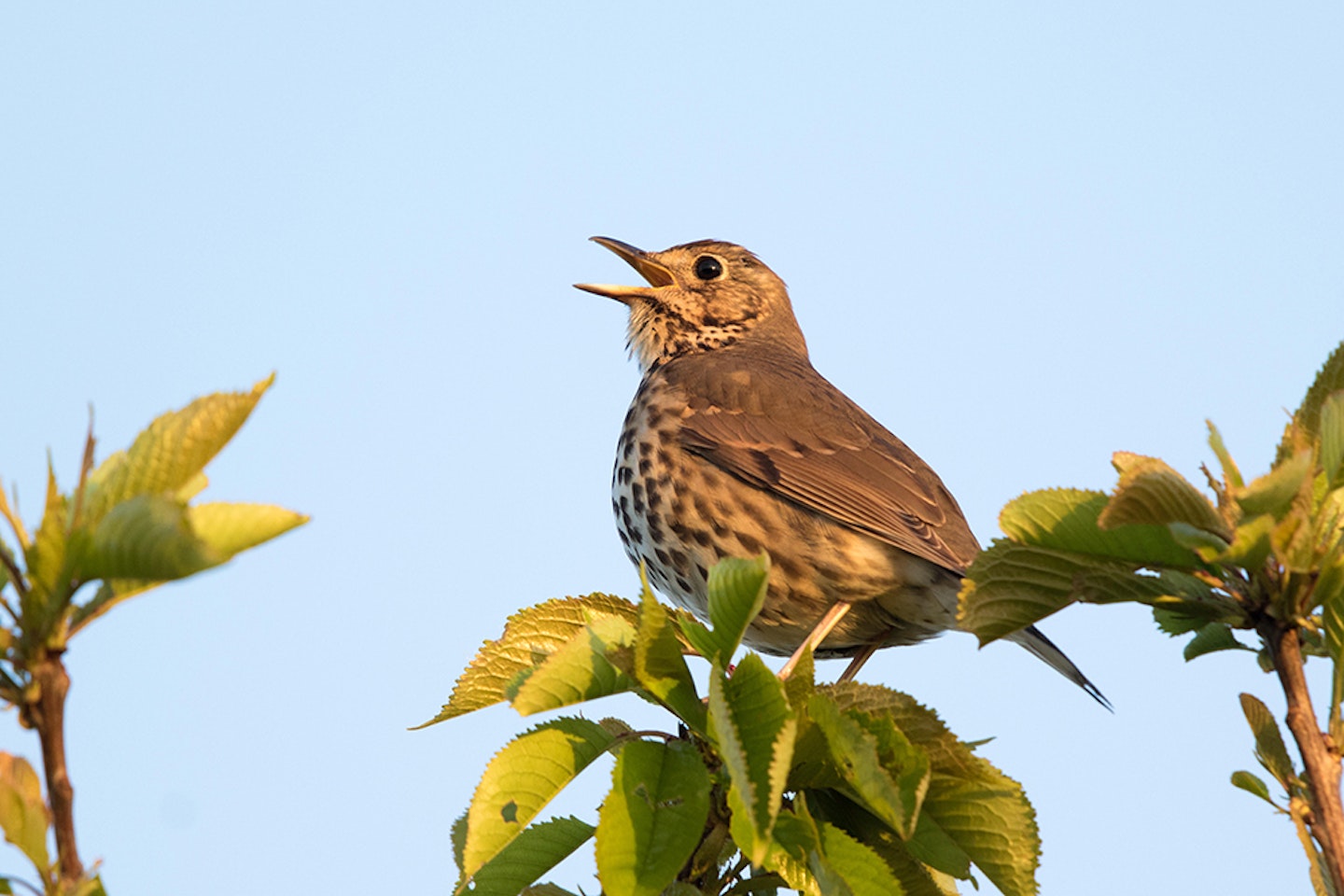
Great Tits and Song Thrushes dominate the soundscape
In woodland, the first couple of week of March in particular are dominated by the songs of two species: Great Tit and Song Thrush. The later famously repeats eachphrase two or three times before moving onto the next one, and is most often heard early in the morning or approaching sunset (when you realise quite how common these notoriously-declined thrushes still are). Great Tits sing variations of the strident two note ‘teacher teacher’ song and are remarkably abundant in many types of woodland (as well as in gardens). The dominance of these two species is particularly notable now before the summer migrants (such as warblers) start to add their songs to the soundscape.
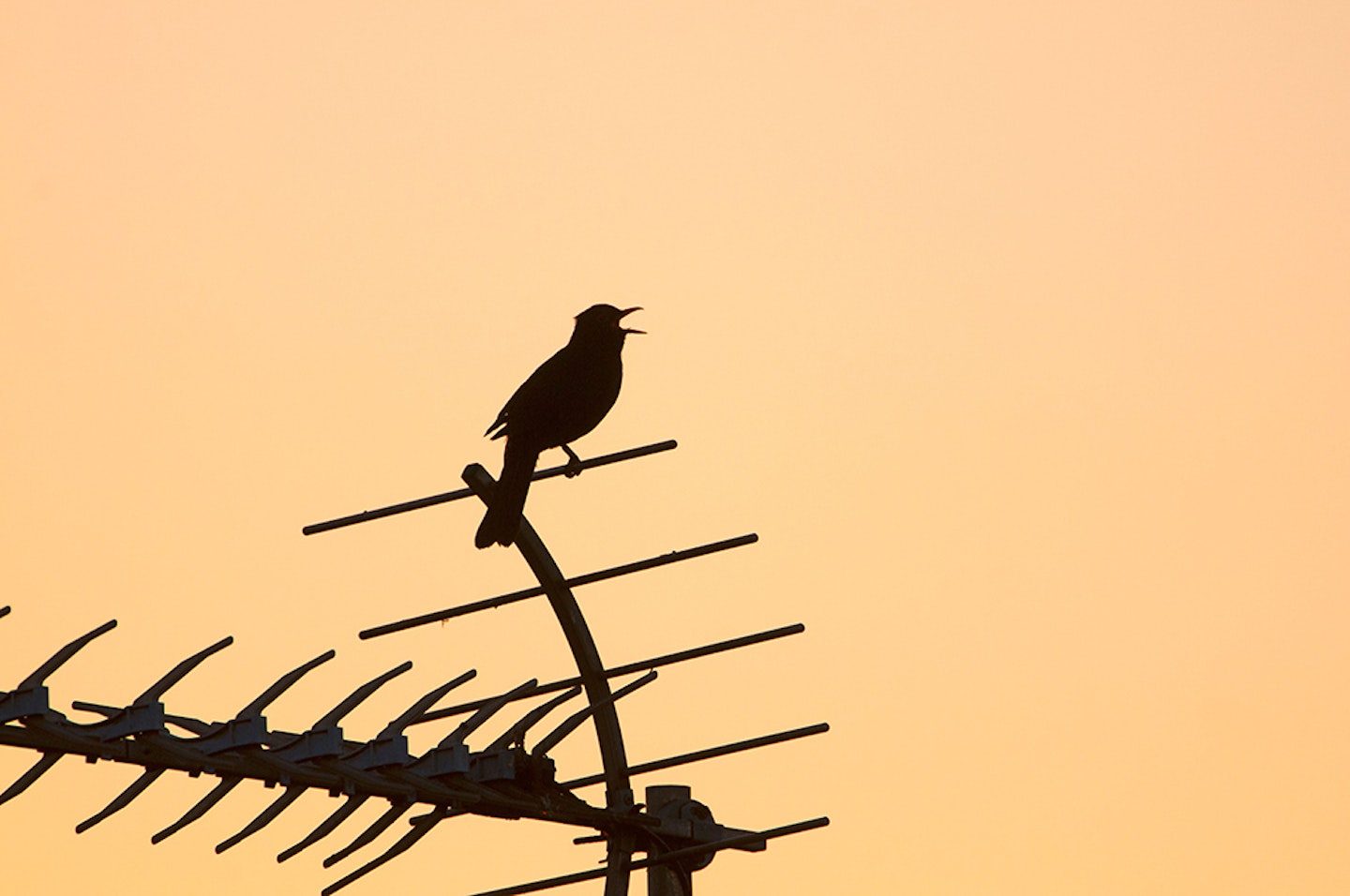
Blackbirds and Chaffinches start to sing
Mistle thrushes and Song Thrushes sing during the middle of winter. The extra-abundant Blackbird really gets going in March. By the end of the month there will be Blackbirds singing near you, and probably waking you up early in the morning with one of the best songs of any British bird. Chaffinches start to sing (hesitantly) at the end of winter, and with the practice of March, they will be singing their descending chuckling song in style by the end of the month.